In this in-depth guide, we’ll explore the ideal conditions, locations, and care considerations for planting butterfly bushes. Whether you’re an experienced gardener or just venturing into gardening, this post will help you decide where to plant your butterfly bush to ensure it thrives and attracts those beautiful winged creatures.
Understanding Butterfly Bush

Before we dive into the best planting locations, it’s essential to understand what the butterfly bush is and what conditions it requires. The butterfly bush is a fast-growing perennial shrub originating from China, though it has become popular worldwide due to its adaptability. Here are a few key characteristics:
Height and Spread: Butterfly bushes can grow between 3 to 10 feet tall, depending on the variety, and have a similar spread. It’s crucial to account for this when choosing a planting location.
Flowering: They bloom from mid-summer to fall, producing long, tubular flower clusters that are particularly attractive to butterflies, bees, and hummingbirds.
Growth Habit: These shrubs thrive in a variety of conditions, but they prefer full sun and well-drained soil.
With this foundational knowledge, let’s explore where to plant these delightful shrubs effectively.
Full Sunlight is Key
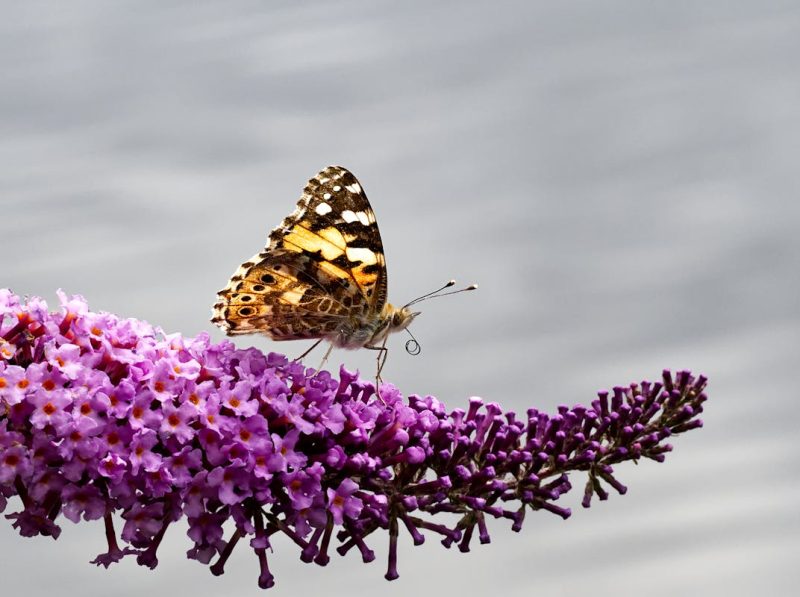
The first consideration when planting a butterfly bush is its light requirements. Butterfly bushes thrive in full sun, which means they need at least 6 to 8 hours of direct sunlight each day. Adequate sunlight is crucial for vibrant blooms and overall health.
Ideal Locations:
Southern Exposures: Facing south will generally yield the best light conditions. Planting your butterfly bush on a southern slope or near a south-facing wall can help capture more sunlight, particularly in cooler regions.
Open Areas: Areas in your garden that are not shaded by trees or structures are ideal. Look for spots that have a clear view of sunlight throughout the day.
Before planting, observe the area throughout the day to ensure it receives ample sunlight without obstructions
Well-Drained Soil is Essential

While butterfly bushes are known for their adaptability, they absolutely prefer well-draining soil. Poor drainage can lead to root rot, which can be detrimental to the plant.
Optimal Soil Conditions:
Sandy or Loamy Soil: These soil types tend to drain well while retaining some moisture. Amend heavy clay soils with sand or organic matter to improve drainage.
pH Level: Butterfly bushes prefer a slightly alkaline to neutral pH of 6.0 to 7.0. Testing your soil’s pH can guide any necessary amendments.
When choosing a planting location, dig a hole and check the drainage by filling it with water and seeing how quickly it absorbs. If it pools, consider a different spot or amend the soil accordingly.
Space and Accessibility

As mentioned, butterfly bushes can grow quite large, so providing enough space is crucial. Not only does adequate spacing encourage healthy growth, but it also allows the plants to be enjoyed visually without crowding.
Space Requirements:
Individual Spacing: Plant butterfly bushes at least 3 to 6 feet apart, depending on the variety. This spacing allows for air circulation, helping to prevent fungal diseases and pest infestations.
Accessibility for Maintenance: Consider how you will access the plant for pruning and maintenance in the coming years. Ensure there’s enough space for you to comfortably navigate around the bush.
Spacing your plants thoughtfully prevents overgrowth and allows them to showcase their beauty effectively.
Butterfly Attraction Zones

Creating zones in your garden dedicated to attracting butterflies can enhance the allure of your butterfly bush. These zones are best placed in sunny, sheltered spots where butterflies are likely to congregate.
Creating Butterfly Zones:
Companion Planting: Combine your butterfly bush with other nectar-rich plants like coneflowers, milkweed, and lantana. This variety will keep butterflies visiting your garden longer and encourage different species.
Water Sources: Provide shallow water sources nearby, such as birdbaths or shallow dishes filled with pebbles and water, where butterflies can drink and cool off.
Designating specific areas for butterfly-friendly plants not only helps the butterfly bush thrive but also supports a wider spectrum of wildlife.
Wind Exposure and Protection
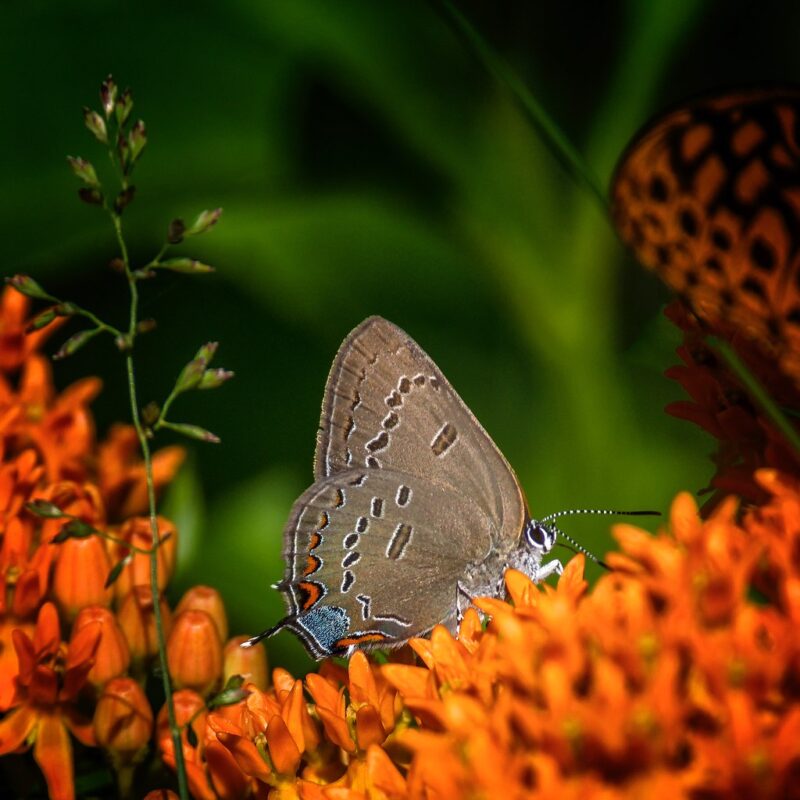
While butterflies may dance into your garden from all directions, the butterfly bush itself can benefit from some protection against strong winds, especially in areas prone to high winds.
Selecting Wind Protection:
Nearby Fencing or Structures: Planting your butterfly bush near a fence, wall, or other seasonal structures can provide some windbreak. Just ensure these structures do not cast unwanted shadows.
Natural Shrub Barriers: Utilizing other shrubs or plants to create a natural barrier can minimize wind impact, allowing the butterfly bush to flourish without constant stress from weather elements.
Assessing wind patterns in your garden will help in determining the most sheltered yet sunlit spots.
Consider the Climate
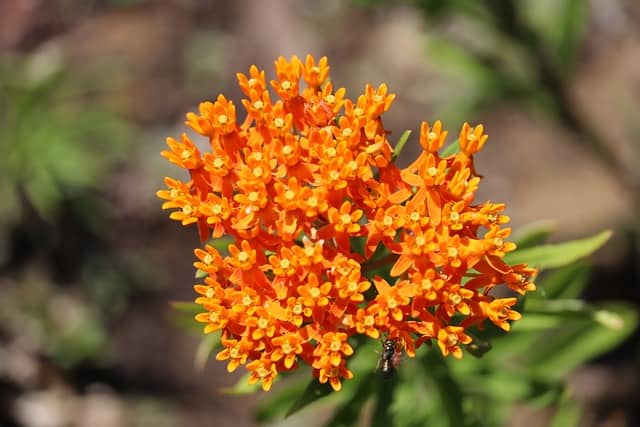
The climate of your area can significantly impact the best location for your butterfly bush. These plants are hardy in USDA zones 5 through 9, so knowing your zone can guide your planting choice.
Regional Planting Considerations:
Cold Areas: If you live in a colder climate, consider planting your butterfly bush in a more sheltered area, like near a south-facing wall or in a microclimate. This can protect them from harsh winter elements.
Hot, Dry Regions: In hotter climates, abundant sunlight is still crucial, but ensure you provide adequate water during dry periods. Consider using mulch around the base to help retain moisture.
Understanding your climate will not only help your butterfly bush flourish but also inform when to plant and how to care for it throughout the seasons.
Visual Landscaping Strategies
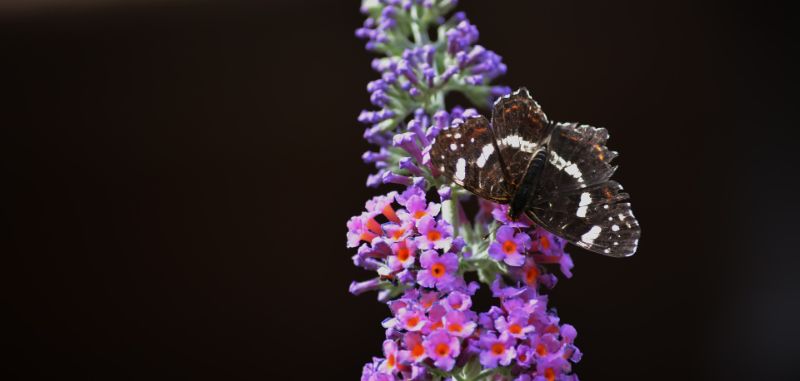
Designing your landscape with aesthetics in mind can enhance the overall appearance of your garden while optimizing conditions for your butterfly bush.
Planting Design Tips:
Layering Plants: Use taller varieties of butterfly bushes at the back of garden beds, with shorter flowers or perennials in front. This layering allows for visibility and accessibility for different pollinators.
Color Coordination: Choose complementary flower colors surrounding your butterfly bush to create a visually appealing display. Contrasting colors can add depth and interest.
Organic Shapes: Avoid straight lines and rather plant in organic, flowing shapes that mimic natural landscapes. This approach can create a more inviting environment for butterflies and other wildlife.
Creating a visually enchanting space will not only please your eyes but significantly improve the habitat for butterflies and other creatures.
Timing Your Planting
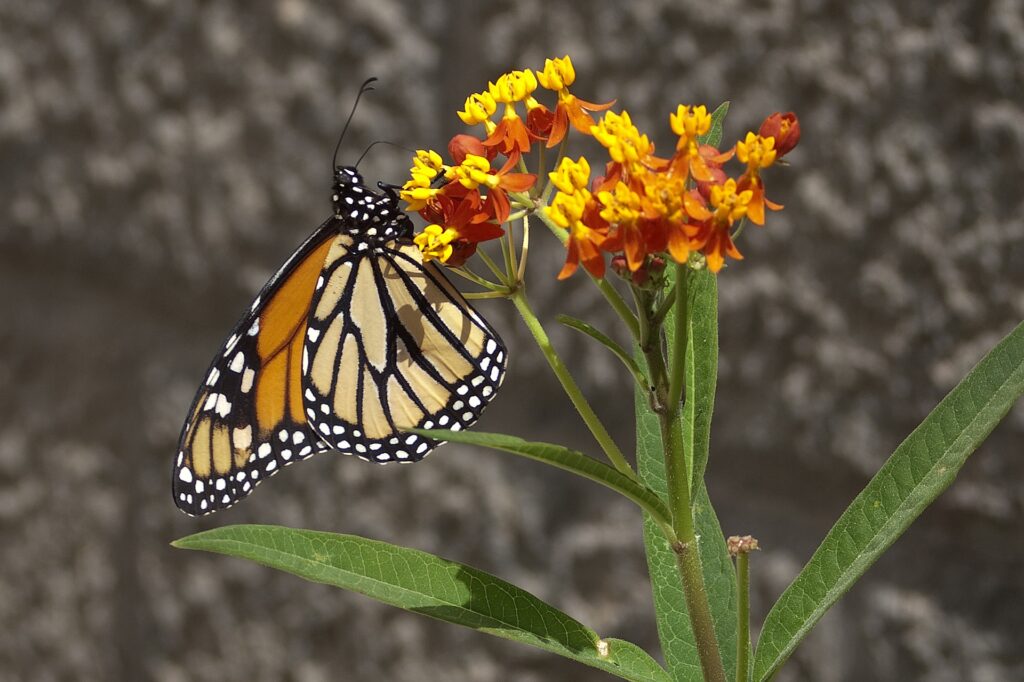
When you decide to plant your butterfly bush can influence its success. The ideal planting time can vary based on your specific climate and conditions.
Best Planting Times:
Spring Planting: Spring is the most favorable time for planting butterfly bushes, as this allows the plants ample time to establish roots before the heat of summer. Aim for planting after the last frost.
Fall Planting: In some regions, fall can also be a suitable time, provided you have mild winters. It allows the plant to settle during cooler months, but avoid late autumn planting to reduce the risk of frost damage.
Consider the unique climate considerations in your area to determine the perfect timing for planting.
Aftercare: Ensuring Thriving Growth
Once you’ve selected the perfect location and planted your butterfly bush, care becomes the next essential component of thriving growth.
Key Care Tips:
Watering: Initially, ensure to water the plant adequately, especially during the first seasons. After establishment, butterfly bushes are quite drought-tolerant but still benefit from occasional deep watering in dry spells.
Pruning: Annual pruning in late winter or early spring before new growth begins can rejuvenate your bush and encourage flourishing blooms. Remove old growth and shape the bush for the best structure and aesthetics.
Fertilization: While not deeply reliant on nutrients, a balanced fertilizer in early spring can promote robust growth and flowering.
Holistic care will keep your butterfly bush healthy and blooming beautifully, ensuring that your garden remains a sanctuary for a myriad of butterflies.
Conclusion
In conclusion, planting a butterfly bush in the right location requires a thoughtful approach considering light, soil, spacing, climate, and overall garden design. By ensuring your butterfly bush receives full sunlight, well-drained soil, and strategic planning in its placement, you’ll create an inviting oasis for butterflies and other pollinators.





